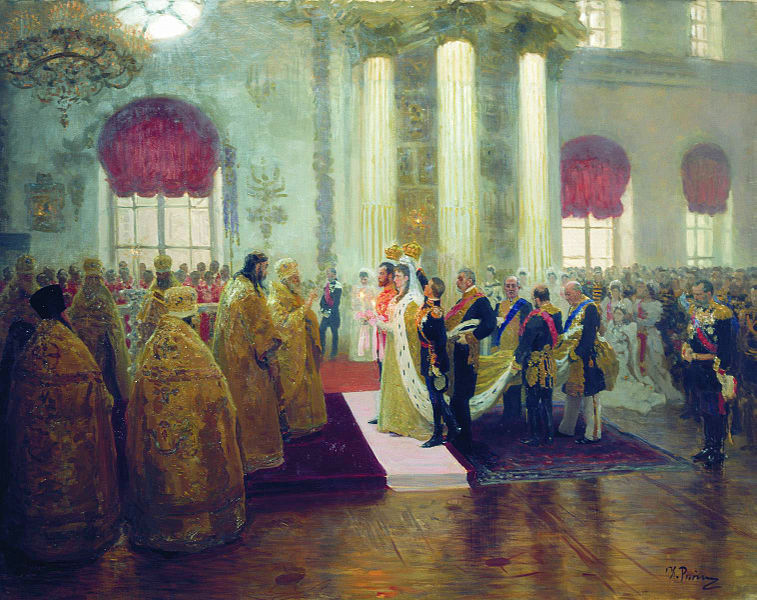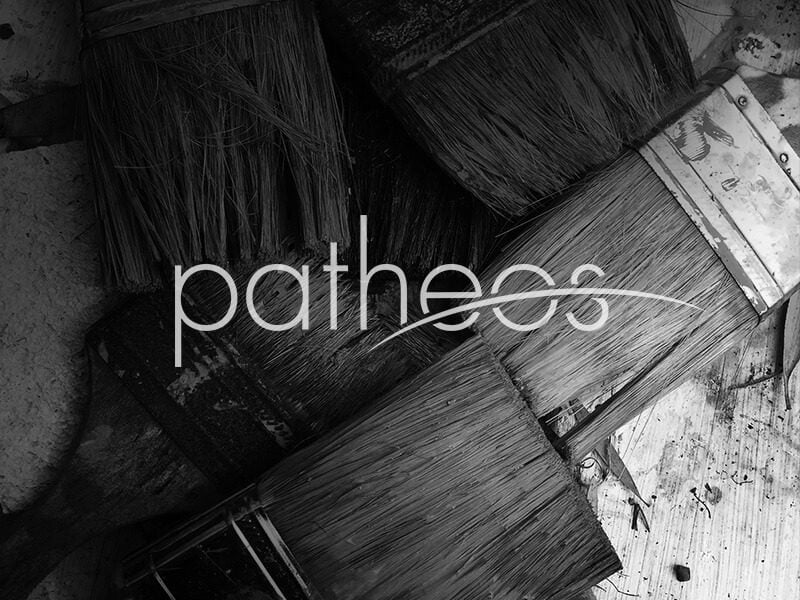Since I seem to have a predilection for controversial topics, and for no particular reason other than this is a frequently recurring topic (see just yesterday) and I want to have a place to point people to when they ask me about it, here are some confused thoughts about whether the Latin Rite of the Catholic Church should allow married priests as a matter of course. (EDIT: my Patheos co-blogger Fr Dwight Longenecker, who’s a married priest, and awesome, has done me the pleasure to write up some thoughts of his own.)
- Right off the bat, the things that must always be pointed out: no, priestly celibacy is not a dogma of the Church and it can be changed; yes, the Church had married priests as a matter of course for a thousand years, and still has married priests in her Eastern Rite churches, and in the Latin Rite through the pastoral provision and the Ordinariates (and perhaps other exceptional cases). So this isn’t something that poses an insurmountable doctrinal problem.
- But this can’t be the end of the conversation. After all, the Holy Spirit is not only active in the Church through doctrinal decrees. And in any case, prudential concerns very much apply, starting with Chesterton’s Fence.
- The first thing is that the reasons commonly advanced for allowing married priests fail to convince, namely as an answer to the “vocations crisis.” First of all, many denominations that also accept married priests have experienced a similar vocations crisis. Second of all, it stands to reason that the celibacy requirement creates self-selection on the part of candidates. If the past few decades have taught us anything, it’s that it’s better to have a few holy priests than many corrupt ones. (You understand what I’m saying: not that celibate priests are necessarily holy and married priests necessarily corrupt, but that the celibacy requirement creates a selection effect that, at least it is reasonable to suppose so, increases the “average holiness” of the seminarian “mix”.) Thirdly, there is mounting evidence that the vocations “crisis” is abating. In the various jurisdictions I know of, on both sides of the Atlantic, seminary entry is either leveling off, ticking up, or even showing real sustained (not always modest) growth. And finally, most importantly, the Church is not some big corporation that needs to adjust its HR policies based on the vagaries of the labor market. The Church is the Body of Christ; the Church does not recruit priests, it is God who calls men to the priesthood; the Church must thoughtfully and prayerfully discern the will of her Lord.
- Speaking of which, there is a serious aporia there. Where the Church has married priests, it is related to historical contingencies, whether it’s the Eastern Rites or the Pastoral Provision/Ordinariates. Nonetheless, we have to believe that it is true that God Himself has called these men to both the vocation of marriage and the vocation of priesthood. If He called these men to these two vocations at the same time, can we seriously think that He is calling no one to these vocations in places without Eastern Rites/Ordinariates? The answer may be yes. But I think it’s a real question, and it deserves serious prayer and thought.
- Priestly celibacy has lots of practical advantages for the Church. Every priest I know works basically 24/7. Since we’re dealing with practical considerations, would the Church really get more “priest man hours” if there are more married priests but married priests naturally spend less time on ministry? A celibate priest is married to the Church and dedicated to her. If the Latin Rite allowed married priests, there’s little doubt I would be studying for the priesthood right now–maybe that’s the best argument against married priests! But when I try to imagine it, I have no idea how I could be a good priest and a good husband and father (though I’m sure many married priests are just all those things).
- As somebody pointed out, there are lots of other practical concerns: the Church, which is always short on cash, would have to pay married priests very differently to allow them to support a family. There would be housing questions too. The point is that this is something we need to study very carefully and thoroughly, from every possible angle. I mean, there’s a wealth of experience and data on what married priesthood is like, both inside and outside the Church. Let’s not reinvent the wheel. Let’s see actual, rigorous studies, on every imaginable metric, instead of speculation. Pragmatic investigation is not decisive, but it should definitely be part of the conversation.
- Please don’t do it through the bishop’s conferences. This was one suggestion. “Let each bishop’s conference decide.” No. No no no no. This way lies madness.
- On the other hand, I really like the fact that in the Eastern practice, the priest’s wife is the parish’s “mother” and also has a role in the parish. It sounds like such a helpful pastoral thing on so many levels to have parish “mothers.”
- Relatedly: is this model sustainable for the future, or is it tied to cultural norms? Will wives of priests, most of whom will presumably have advanced degrees, really want to be parish mothers? A (celibate, Latin Rite) priest recently told me that several Eastern Rite Churches are moving towards celibacy because of social change; namely, in many places, unofficially, being pastor of the parish was something that was passed on from father to son; and now, as elsewhere, the sons don’t want to take over the “family business” (and young women don’t want to marry seminary students); and the priests who are taking over are often celibate. This is all hearsay and anecdata, but it’s an angle worth pondering. Maybe priestly celibacy is the most modern option, and married priesthood works, but works best when tied to certain kinds of social structures that are by and large going away (I say all this with no value judgements and as a hypothesis).
- I honestly fear the slippery slope, especially on the timescale of the Church. I’m grateful for our married priests, Eastern and Western (hi Dwight! Hi Patrick!) and I think the Ordinariates are wonderful, and I can see all sorts of reasons for allowing married priests in various limited ways. But it’s impossible not to think that, with more and more exceptions, through no coordination and for no particular reason (see point 7!), over several generations, the married priesthood, though still technically an exception, would in fact have become the default (think of how the use of the vernacular in the Mass is still technically supposed to be an exception…). A robust theological and pastoral case for married priests is something the Church must be open to, but if a “default-married” priesthood simply “happened” I would very much view that as a tragedy.
- Last but not least–frankly, what my gut tells me, and what I keep coming back to, is this: particularly now and for the foreseeable future, it seems to me that society everywhere has a great need for the apostolic witness of chastity, of the power and beauty of chastity; if anything we need more of it. Because of her Latin Rite’s tradition of priestly celibacy, the Church proclaims this virtue better (or, at least, louder) than any other denomination, and it’s hard not to see a Sign there. Priestly celibacy is one of the greatest gifts from God to His Bride. It was unknown in Judaism and in the Greek and Roman world, and Jesus gave it to His apostles, who gave it to us. Consecrated celibacy is holiness, in the literal sense–it is to be set apart by God and for God. Between her profusion of religious orders and her celibate priests, no Christian denomination cultivates this precious fruit as much as the Church. It is hard not to think that this is a treasure very much worth safeguarding.
Hey, I warned you that these would be confused thoughts.














